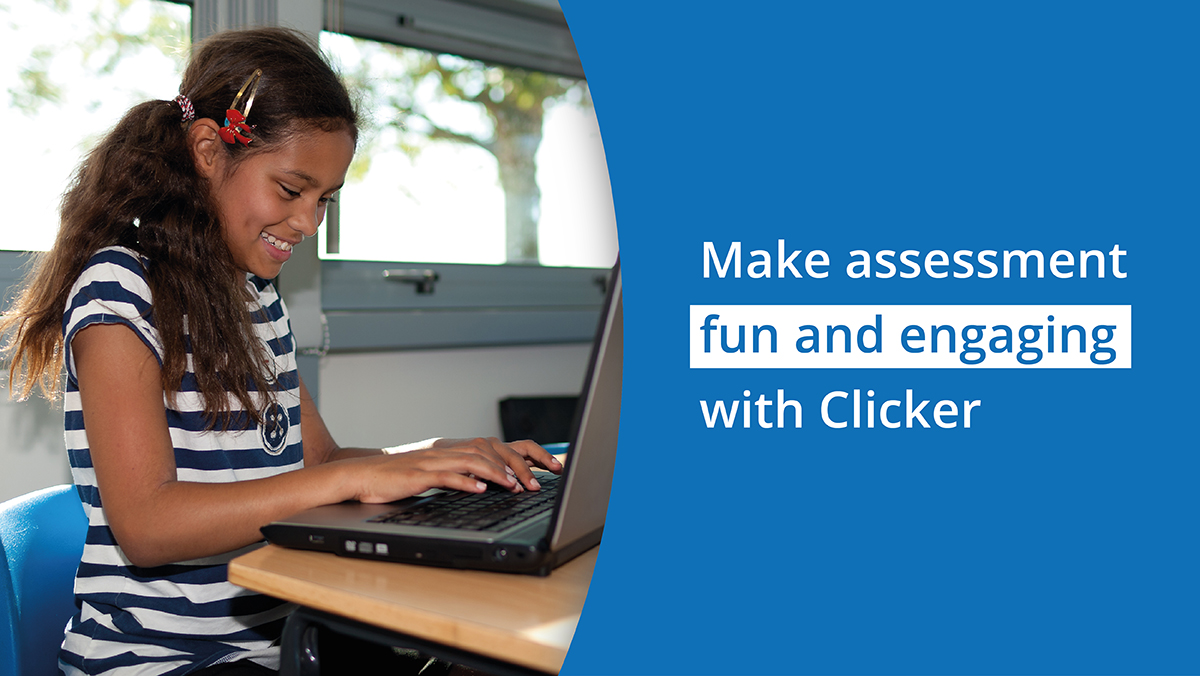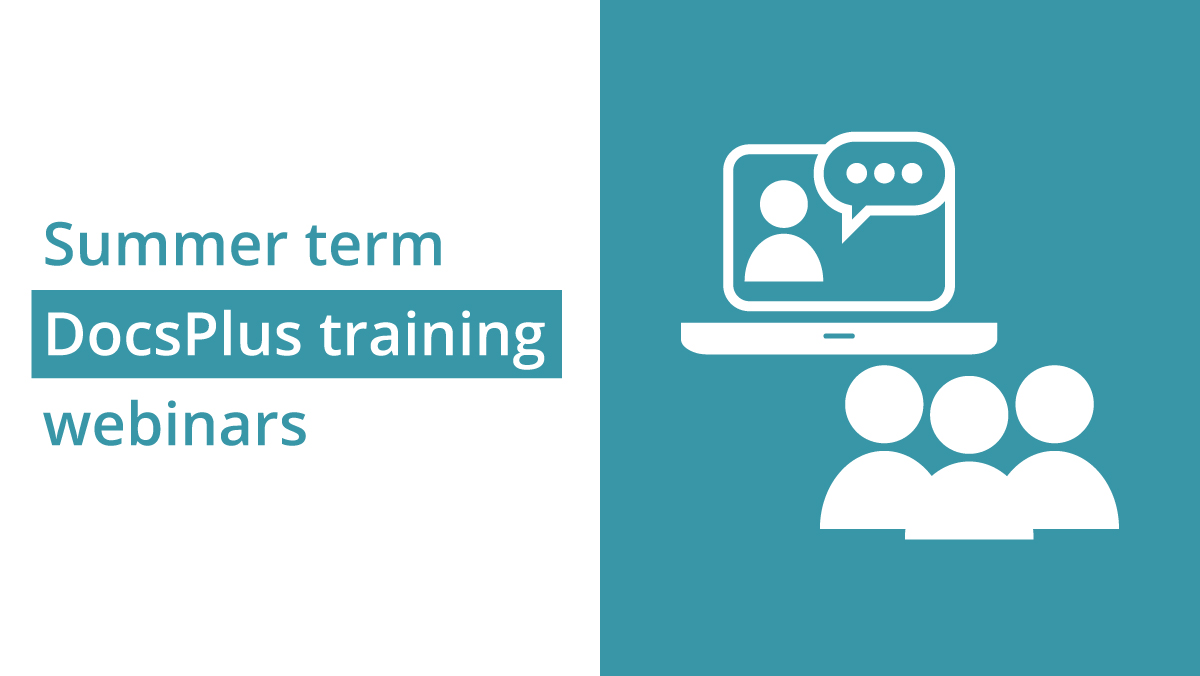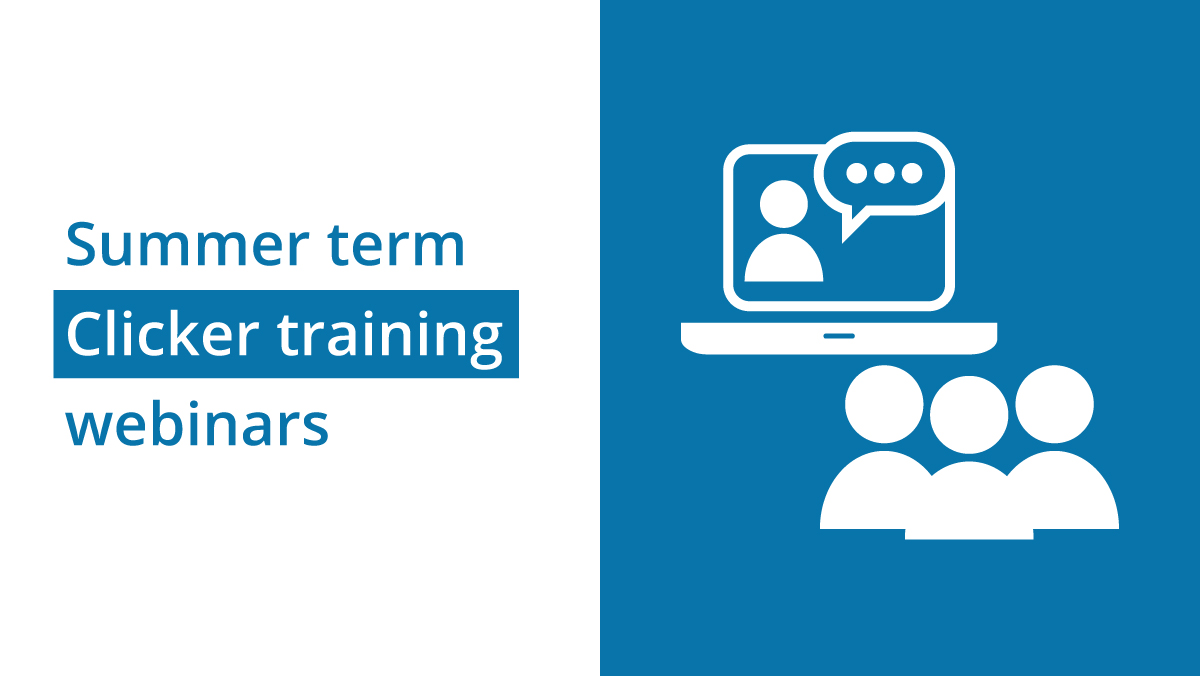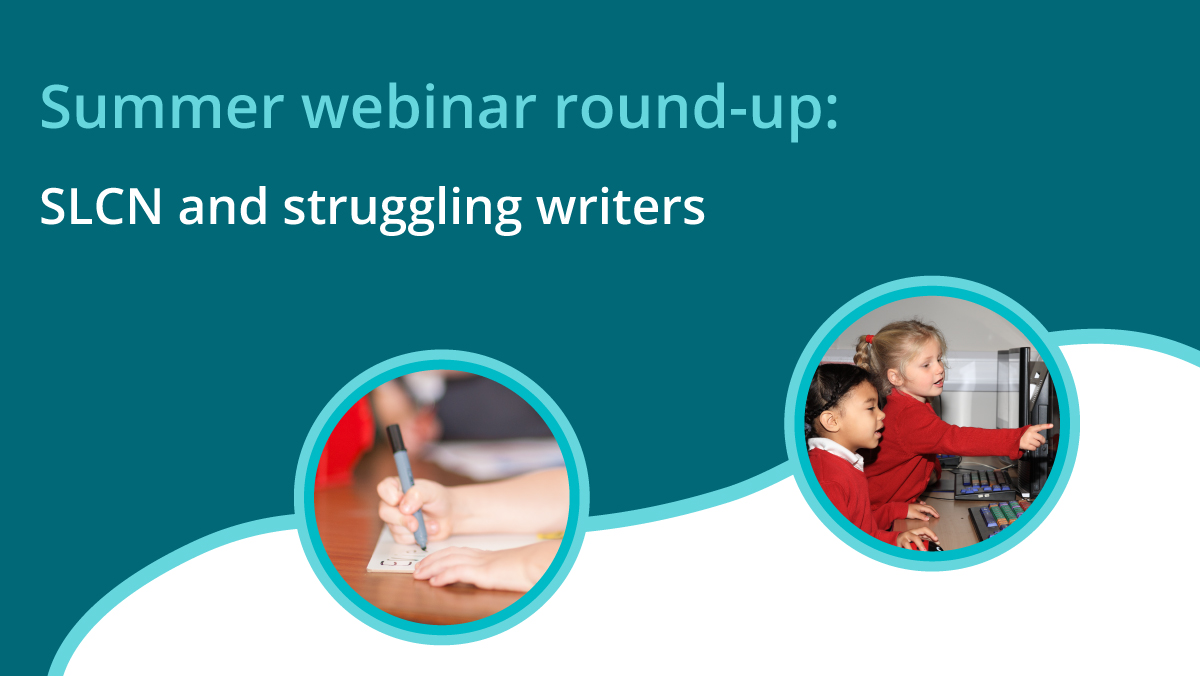When our students find something difficult, or lack interest in it, or have an inbuilt fear of doing badly or indeed, failing; a very common anticipatory reaction is to avoid it. Constant struggles to achieve, despite working harder than others, often results in a wide range of avoidance strategies such as attendance issues; behaviour issues and limiting the fear of failure by choosing the simplest, most straightforward option.
Common transition pressures for SEND students
For students with SEND, this is often seen during and after transition to secondary school where there are so many challenges to their security - routines; expectations; new people; new spaces; new sensory inputs and an overarching thought that they are in ‘big’ school; they are ‘grownup’, and more is expected of them. So much pressure!

Let us add to this picture the pedagogical tendency to ‘chunk’ information and output expectations in order to make learning more accessible. Whilst this has clearly been shown to be effective in many learning activities, it does make it more difficult when we require students to extend and create a longer piece of work, with a level of independence. Of course we can scaffold and support via a different ‘chunking’ technique to introduce extended writing, however this does remain an area where many struggle – and this is evidenced for example by some Universities and Colleges offering induction courses in research techniques, essay writing and effective editing.
Why independent extended writing is important for all learners
So why is the ability to produce extended pieces of writing independently important? Elizabeth Bowling’s blog, ‘Beautiful Writing across the curriculum’ suggests
“We know that clear and confident written expression is key to both academic success and success in later life. Jennifer Webb expresses it brilliantly when she says that “those that can successfully communicate have the power to change things and to show their worth”, and those that can’t are effectively disenfranchised from society (Teach Like a Writer: 2020). Written communication is necessary for self-expression, self-esteem and social empowerment.”
In all four modes of communication i.e., listening, speaking, reading and writing, our students may be challenged and yet success in learning and life is often influenced by and dependent on ability in these. Consequently, it is really important to support our students with literacy challenges, of whatever form, to understand why extended writing is going to be useful for them and then, use strategies to make success achievable for them.
The expectations for extended writing tasks
What do we mean by extended writing? UNSW in Sydney offers an explanation of why they use extended writing tasks and what they consist of:
“Extended writing tasks are text-based assignments that involve:
- research and critical reading from multiple sources of information and ideas, and
- the development of a sustained and well-substantiated argument or point of view.
These tasks are usually set to be undertaken within extended time frames. Students must engage in high-level reasoning and problem-solving as they generate their own creative response to the problem posed. With extended writing tasks, students can engage in deep learning, gain insights into multi-structural connections and relationships among concepts, and develop critical and creative reasoning skills.”

Three considerations for SEND learners when completing extended writing
So, extended writing is a complex structure of writing creation and production which ultimately should be produced by the student themselves. Of course, for our students there are three considerations:
- Firstly, ‘chunking’ of the various elements that will combine to form the final written version is important as the task as a whole will seem overwhelming. However, the end result should always remain in sight.
- Secondly, using assistive technology is perfectly acceptable and can support the precise needs of the individual student. It is not cheating. (I am not scribing this on a wax tablet with a stick and hopefully, the built-in spellchecker is doing its work!)
- Thirdly, if we make this activity accessible and achievable then our students will actively engage with it and instead of being a task that causes anxiety, our hope is that enjoyable engagement, and greater output, will result.
Overcoming barriers to extended writing with DocsPlus
So, if we are using technology, how can we support our students to understand and use the building blocks, then create their own piece of extended writing? There are many options available luckily, however I am going to focus on using the excellent DocsPlus by Crick Software. The reason for this is that it is a one-stop shop and within one software solution, many elements can be supported and made accessible, thus reducing the need to move between solutions. For a student who struggles with cognitive transitions, this supportive learning landscape offers safety.

| Barrier to writing |
How DocsPlus can help… | |
| Unsure about how they will tackle the task | Anxiety is often caused both by the task itself and the workflow to respond to it. | DocsPlus offers a clear, structured working environment which is predictable and consistent. |
| Understanding the task | To achieve in extended writing, it is vital to understand and answer the question. Many lose marks for not linking their answer to the set task. | Copy the question into DocsPlus and listen to it as often as you need to. Break down any sub sections as these can be used for structuring the answer. |
| Difficulty getting started |
The key to getting started is simply having something to say, therefore the curation and research part of an extended writing task is crucial. | Use the integrated DocReader in DocsPlus to quickly read and highlight key points. Voice Notes can be used for easy thought collection. |
| Organisation and sequencing ideas | Getting this in place supports workflow when writing a logical response to the question. This reduces anxiety as it is then clear what has to be written and in what order. Poor working memory is supported by multimodal information chunked so that each section can be quickly referred to when needed. |
Use WorkSpace to add ideas which can include text, pictures and even Voice Notes. These can then be moved around and organised, perhaps linked to the sub sections of a task question. Everything in WorkSpace will transform in a single click to Wordbars for writing support. |
| Spelling | Great anxiety about poor spelling often leads to choosing simpler vocabulary and avoiding richer or more complex words. |
Use the integrated word predictor and grids with core and task specific vocabulary. Finally, utilise the customisable spell checker. |
| Writing fatigue | For students with literacy barriers, extended writing tasks demand a huge amount of cognitive energy and it can become overwhelming. It is helpful to be able to take a break and return with all the planning and writing in place and accessible. |
Chunk the learning process through DocsPlus features, including: WorkSpace for planning, Voice Notes for easy note taking, and structured writing frames to aid writing for a specific topic or sequence. |
| Editing work | This is often problematic and when rereading work the tendency is to skip ahead and thus miss mistakes. Being able to hear the text read and follow along makes it much easier to spot errors. |
Use DocsPlus’ Text-to-Speech output to have your writing read back to you. Adjust font type/size to ensure easy reading. |
| Illegible handwriting | Many students have poor handwriting, which can lead to both an unwillingness to produce written work by hand, and if they do, an inability to read what they have written. |
Clear print output gives a legible end-product to be proud of. |
| Fear of failure | By working in a structured way, using an organised, stepped approach, small successes can be achieved to foster a positive attitude to complete the whole task. |
WorkSpace offers a safety net of ideas and structures allowing reassurance and guidance at any point in the process. Output is clear, easy to read and ‘looks good’. |
| Accessibility |
For those who require additional accessibility support, DocsPlus offers a range of options that are ready to use. |
DocsPlus’ comprehensive range of proven multisensory accessibility options include: iPad use, SuperKeys, switch, eye-gaze and touch screen. |
Extended writing is undoubtably a challenging task and yet mastery of this offers success in many areas. A structured, accessible, and most importantly, achievable approach facilitates success, and this achievement will really establish a student’s confidence. The transition to secondary school demands greater depth and content in written tasks and so managing these increased demands in a way which supports rather than inhibits is so important. Technology can not only support this, but with the right choices, provide a student with the tools to use whilst in secondary education but also to take with them to support them in their future.
Carol Allen is an Education Advisor specialising in ICT and inclusion, with decades of teaching experience in both mainstream schools and schools for students with severe, profound and multiple learning difficulties. She was named one of the top ten educators for 2018 in the field of educational technology for her inclusion work. Carol is also a headline speaker and workshop leader at education events across the globe, including the upcoming TES SEND Show in London.





